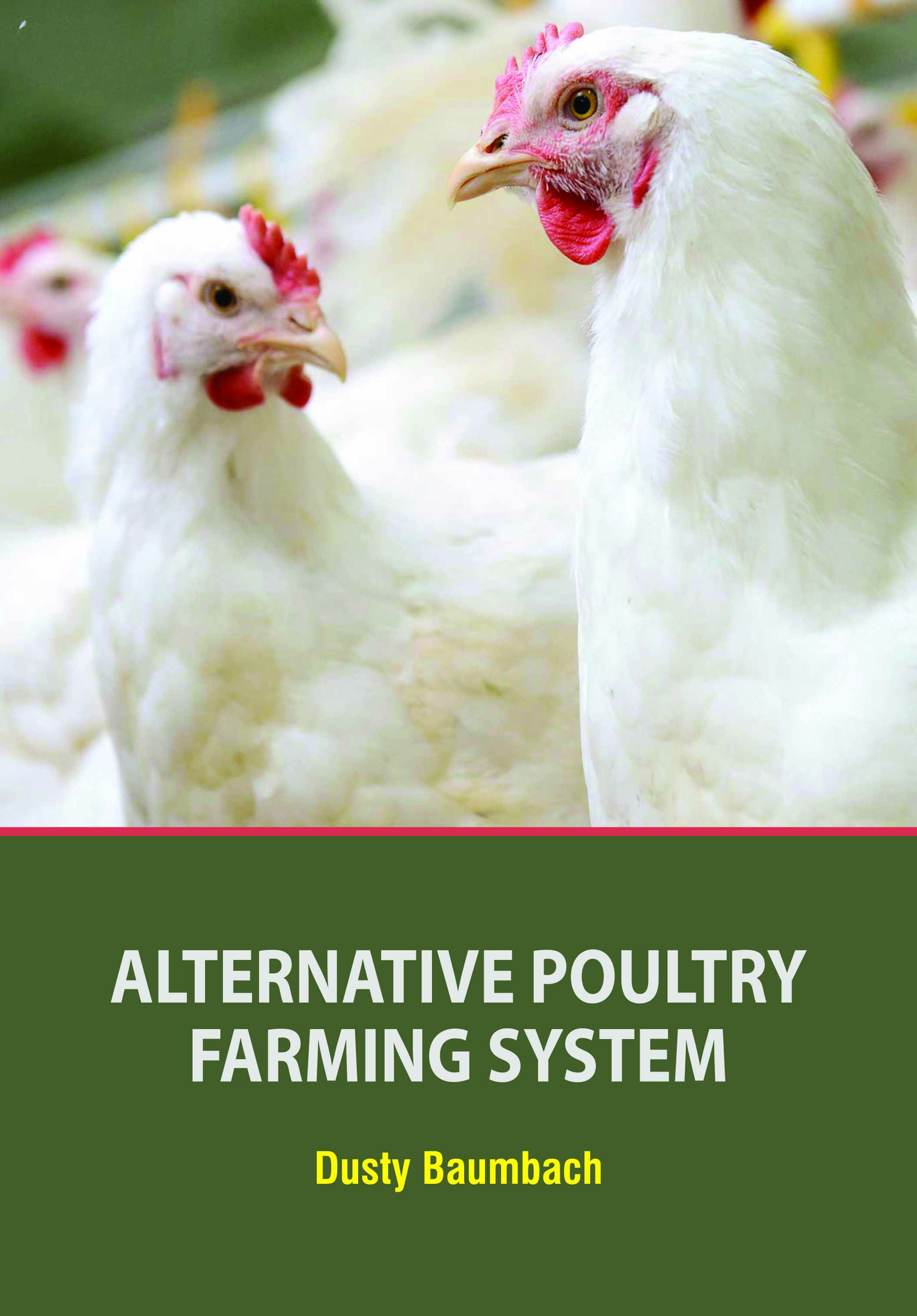
Alternative Poultry Farming System
by Dusty Baumbach
| ISBN | 9781799600701 |
|---|---|
| Publisher | White Press Academics |
| Copyright Year | 2020 |
| Price | $230.00 |

by Dusty Baumbach
| ISBN | 9781799600701 |
|---|---|
| Publisher | White Press Academics |
| Copyright Year | 2020 |
| Price | $230.00 |
Alternative poultry production systems are seen as complementary to conventional poultry production, however there have been some issues where both conventional and alternative production systems have been unfairly criticised by one another. Ultimately the goal for the entire industry is one of cohesion between production systems so as to promote consumer confidence in poultry as a whole. Poultry farming means ‘raising various types of domestic birds commercially for the purpose of meat, eggs and feather production’. The most common and widely raised poultry birds are chicken. About 5k million chickens are being raised every year as a source of food (both meat and eggs of chicken). The chickens which are raised for eggs are called layer chicken, and the chickens which are raised for their meat production are called broiler chickens. A poultry farm is where domesticated birds are raised. Poultry include chickens, turkey, ducks, and geese. These animals are raised for their meat and eggs. Chickens are the most common bird raised for both meat and eggs. Chickens that are raised for their meat are called broilers. Chickens that are raised for their eggs are called laying hens or layers. Some special breeds of poultry are raised for shows and competitions. The book is poultry farming, highlighting the attributes of poultry species and why it is a profitable venture. It traces the origin of poultry species and looks at them as a biological entity. Factors necessary for successful incubation, brooding, rearing and management of adult birds are discussed. The principles of poultry nutrition, record keeping and marketing are also covered. The course aims to develop entrepreneurial skills in poultry farming.